Lion Cub Petting and the CON in Conservation
- At February 17, 2015
- By Rosemary Wright
- In Guest Writers
 19
19
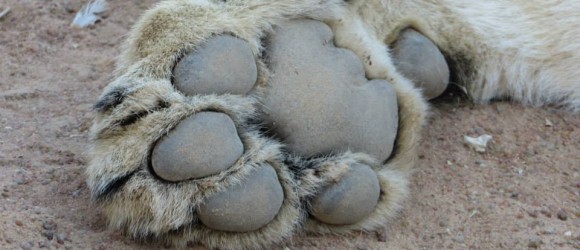
Lion Cub Petting and the CON in Conservation
Is There A Big Lie In Lion Cub Petting?
Lion Cub Petting and the CON in Conservation – The incredible draw for the public in petting a lion cub is almost primal. The chance to connect with an animal whose instincts are wild and therefore pure and free is the attraction to tourists who are enchanted by this industry. Soft and cuddly cubs – still friendly – playful – engaging – funny and sweet. What could be wrong with this? As it turns out – there are questions that need to be answered. From the broken promises to the sudden and unexplained disappearance of cubs. The end game for many of the cubs may be death in a canned lion hunting facility where they await a bullet or possibly an arrow. This story by Nathan Friesen documents his personal experience with cub petting in Africa.
Read One Man’s Heart Breaking Experience With A Lion Cub Named Ricky
Lion Cub Petting and the CON in Conservation
Guest Writer
Nathan Friesen
#wheresricky
It has been said that if you can only visit two places in a lifetime and Africa is the first that it will also be the second. I’ve found this to be very true in my life as at 35 years old my first big adventure trip was to Africa, only to be followed by another trip to Africa the following year. Plans for a third trip in 2016 are in the works. There is something about Africa, the wilderness, animals and the people that awoke a new passion and fire in me. I’ve seen the good, and the bad as well as learned from some mistakes. Africa definitely has a grip on my heart!
As an ignorant tourist on my first trip to South Africa, I had no clue there were even facilities or parks where it was possible to pet and interact with Lion cubs. My full intention was getting to see wildlife where it belongs – In The Wild!
Arriving in Johannesburg at 7:00 am on June 6, 2013 with only two days to spare before my trip through South Africa and Swaziland started, I asked the concierge at the Intercontinental Hotels & Suites Johannesburg Airport for recommendations of what to do in the area. The immediate recommendation was to visit the Cradle of Humanity and the Rhino & Lion Nature Reserve. A guide was arranged for and after getting ready we left for the day. I was told there were some parks in the area that worked for the conservation of Lions, so I thought it was a good idea. At this point I still had no idea that interaction would be allowed. After touring the Cradle of Humankind we headed to the Rhino & Lion Nature Reserve where I was surprised to see two separate areas for lions, one for white and one for the normal colored ones. Asking some questions regarding this, I was told it was a recessive gene in the lions, and I can’t recall the rest of the explanation they gave but it seemed to fit. After driving through the park we came to an area where we could interact with animals such as Giraffe, Cheetah, and of course Lion cubs. I fell in love with a sweet six month old white lioness named GG. She was gentle and playful, unlike her sisters who enjoyed putting holes in me with their teeth and claws. I still had some suspicions about the separation of the White Lions from the normal ones that something wasn’t right. It wasn’t till returning to North America that I learned SA Lion farms breed White Lions in order to make more White Lions as they are worth more money to Zoos and hunters.
I had wanted to spend more time with her the following day. However, my guide suggested visiting a Lion conservation park instead, that park was Ukutula. I was told there would be more lions to interact with there, so I agreed and the next day we went to Ukutula. There we were told a great and very plausible story about their conservation efforts. We participated in the Walking With The Lions where three 2 ½-3 year old Lions walked with us for about an hour through the reserve. It was a cool experience to be so close to these large predators, and at times they would stalk us as well. I have to admit I liked the element of danger that came with it as well.
After walking with the lions we were given a tour of the entire facility followed by time for interaction with cubs that were 4-6 months old. There were quite a few cubs. Now looking back, based on the amount of larger breeding lions I had already seen the amount of cubs should have raised questions in my head. At that time it didn’t and I wanted interaction with larger Lions. The story they told us was that they breed lions in order to help conserve them and that the lions will eventually be released into the wild or other large game reserves. This made me feel like I wanted to contribute to the conservation of Lions and I adopted a 16 month old Lion who I named “Ricky” after my dad as Lions are his favorite animal. I was told that all the Lions were micro chipped so that they could be tracked once released, and that once he was released they would let me know where he was released so that if I ever wanted to see him in the wild I could. I brought up Kruger and the Serengeti, and they said they didn’t know where he would go, but that it could be those or similar places and that once released in the wild local rangers might have an idea which Pride he would be in or the general area he might be in.
I agreed to adopt “Ricky” and one of the park employees named B took me to spend the afternoon playing with him as well as six other lions near his age and size. It was quite an experience! The different personalities of each Lion were amazing and I felt an immediate attachment to “Ricky” and his friend “Armstrong”. “Ricky” was a strong silent type who enjoyed a good belly rub and gentle play, but also seemed to have a bit of a grumpy side at times. Although he would give fair warning with a nose wrinkle and flattening his ears to back up when he wanted to be left alone. “Armstrong” on the otherhand loved to play and jump. I was pounced on numerous times so that he could give me hugs and kisses. He even pounced me from behind one time and rolled me over.
There were lumps on the legs of a few of the Lions which I inquired about, and I don’t recall the explanation of these lumps.
The memories of my time spent with these animals remain positive to this day. However, that is where they end. I had been promised pictures from the time “Ricky” had been born as well as updates on him every 8 weeks until he would be released back in the wild. After 10 weeks or so and not hearing anything I followed up to see where the pictures and updates were. I also inquired as to staying at Ukutula to spend time with “Ricky” again the following year. I had been told at adoption time they would make an exception for me as I was from Canada that I could interact with him until he was 26 months or so. When I started to inquire about this I was told I had been misinformed and that he would be too big and dangerous to interact with so it would not be possible. The fact I couldn’t interact with him again frustrated me so I no longer cared to pay another visit to Ukutula. I also asked if B could email me the pictures she had promised me from when “Ricky” was younger, only to be told she was no longer there. They refused to give me information as to how to reach her to get those pictures, but did say updates would come. They never did provide any updates, and almost two years later I still have not seen any.
This all raised my suspicions about Ukutula so I started looking into them further. One day I received a message online asking where my Lion interaction pictures had come from and telling me it was very concerning that I had been interacting with Lions. The more I found out, the more I was disgusted with Ukutula. Tourists pay to pet the cubs, and as they get too big for interaction with tourists they are sold to other parks where some may eventually be used in a Canned Hunt where the Lion has no chance of escape. In the meantime, parks like Ukutula keep breeding and farming more cubs and this vicious cycle continues. This does nothing for the conservation of the species as these parks or Trophy Hunters will tell you it does.
Thanks to groups like CACH (Campaign Against Canned Hunting), UATH (United Against Trophy Hunting), Scotland Roars – Ban Canned Hunting and people like Paul Tully, and Chris Mercer among others for putting information out there to aid in the education on this industry. I’ve also recently come in contact with Jacalyn Beales of PACH (People Against Canned Hunting) who is working to raise awareness to this issue in Canada, and I hope to help her organization more moving forward. It was through groups like these that I was made aware of what these Lion farms and parks really stand for.
I began to post some things online regarding my experience. This spurred Willi Jacobs, the owner of Ukutula, to contact me offering a refund from the day I had spent at his park. I agreed to the refund, but still asked for proof that “Ricky” was alive and well. This was the response I received:
“Dear Nathan,
We are really sorry that we have been unable to keep our promise with regard to the updates on Ricky.
Gill was involved in a very serious accident and as she is the one who handles the adoptions and the feedback, everything came to a halt.
Also because Ricky is older, we are not able to go in with him which makes photo taking a real challenge.
We have seen that you feel cheated and it is for this reason that we would like to offer you a full refund on the adoption.
If you send me your banking details I will make a deposit into your account at the soonest opportunity.
We hope this meets with your approval.
Kind regards,
Willi Jacobs.”
I’m sure they thought by refunding my money that I would shut up. However, what they didn’t realize was that I cared more about “Ricky” and wanted proof he was alive and well more than getting my money back. The line “Also because Ricky is older, we are not able to go in with him which makes photo taking a real challenge” really gets me irritated. First off, why promise updates every 8 weeks if you know you can’t keep the promise, and second the people at the park interact with the Lions there daily, so if “Ricky” was alive and well it would not have been hard to get pictures. I’m sure they could have taken pictures if they really wanted. My fear is that the real reason Will Jacobs could not provide proof that “Ricky” was alive and well is that he had been sold and might no longer be alive to take pictures of.
While I fully understand the attraction of interacting with these magnificent animals, I’ve come to learn that it is not for the good of the species. It seems that SA lion farms will say anything to get their hands on tourist money.
The stories told by these places are convincing, but don’t be fooled. An entire pride of White Lions is not natural. Don’t expect updates on any cubs you pet or adopt, because they only care about your money that day. When people come from across the world these parks don’t think people will follow up or look into them further. I guess others don’t put pressure on them for updates like I did. I’m sure glad I did and can use my experience to educate others as to why they should not interact with wild animals whether it be Lions in Africa, or Tigers and Elephants in Asia and India. To do so is not contributing to the conservation of these animals, only to possible extinction.
I pledge to never interact with animals that should be wild again, no matter the temptation, and hope you choose to do the same! Together we can stop the CON in Conservation!
If you have ever paid to volunteer or visited this type of facility and have a story to tell – similar to or different from Nathan’s – please be in touch.
mail@abeatingheart.ca
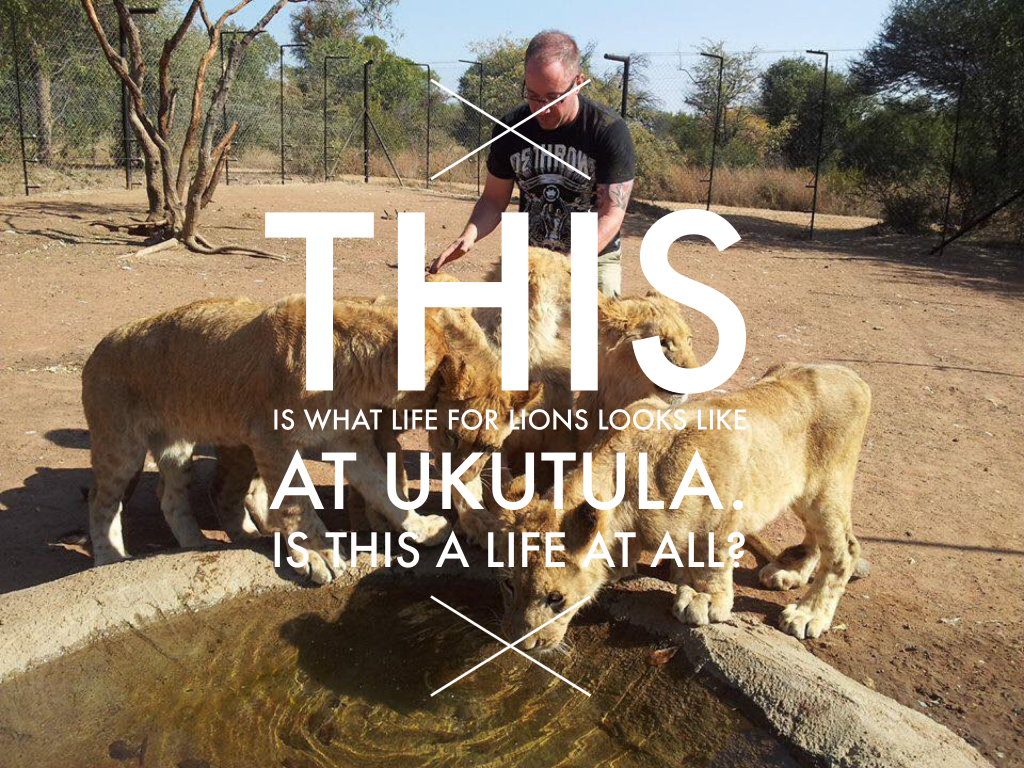
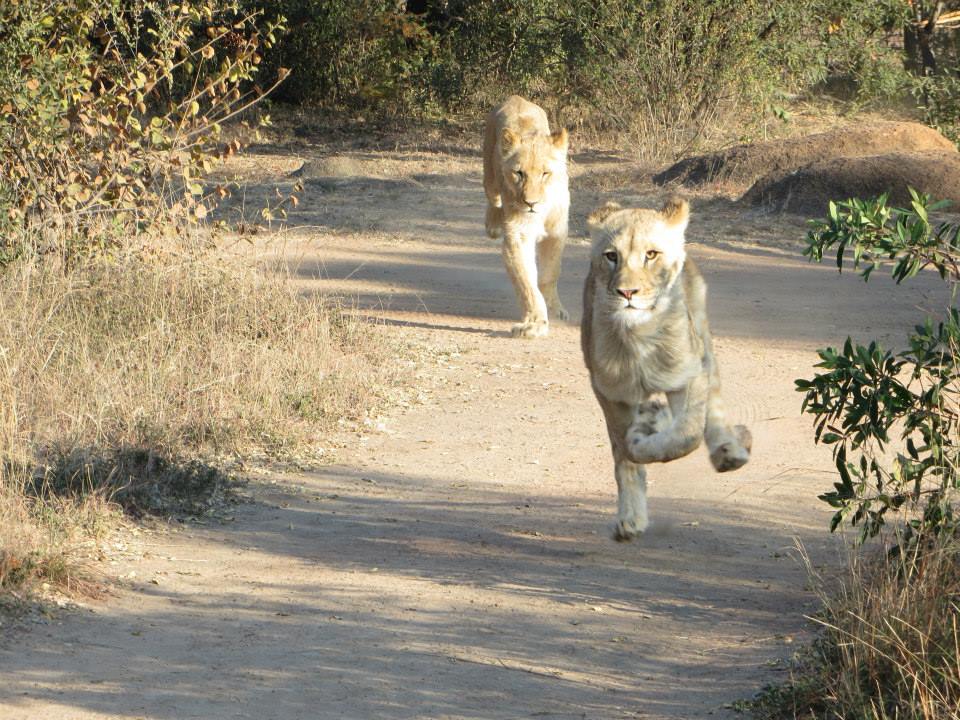
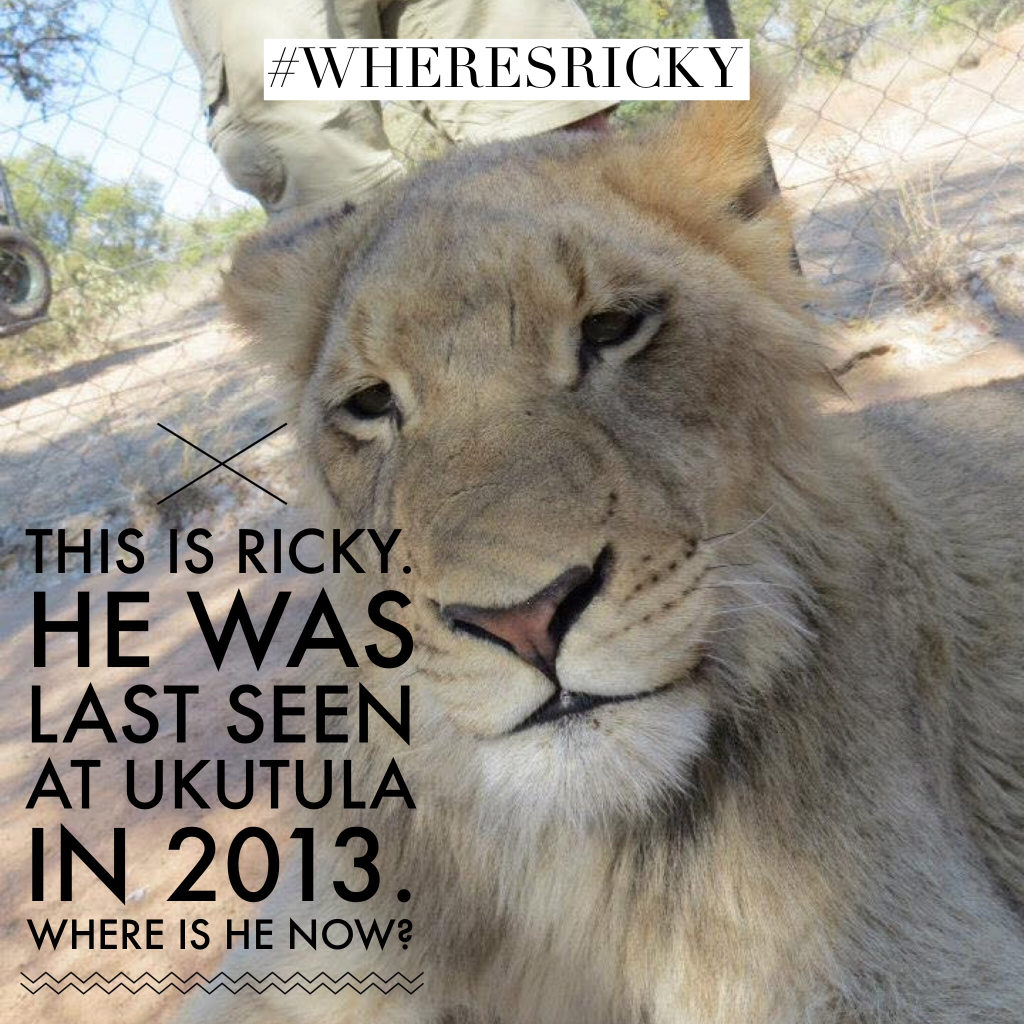
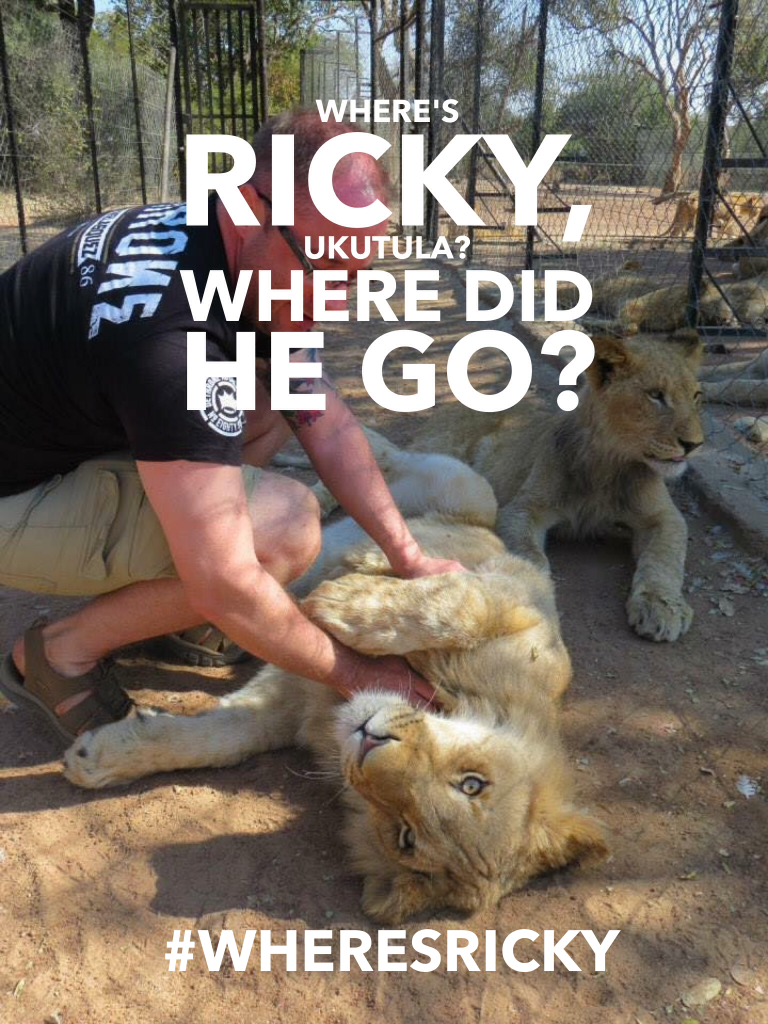
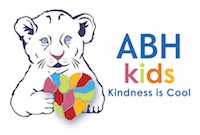
Follow – A BEATING HEART